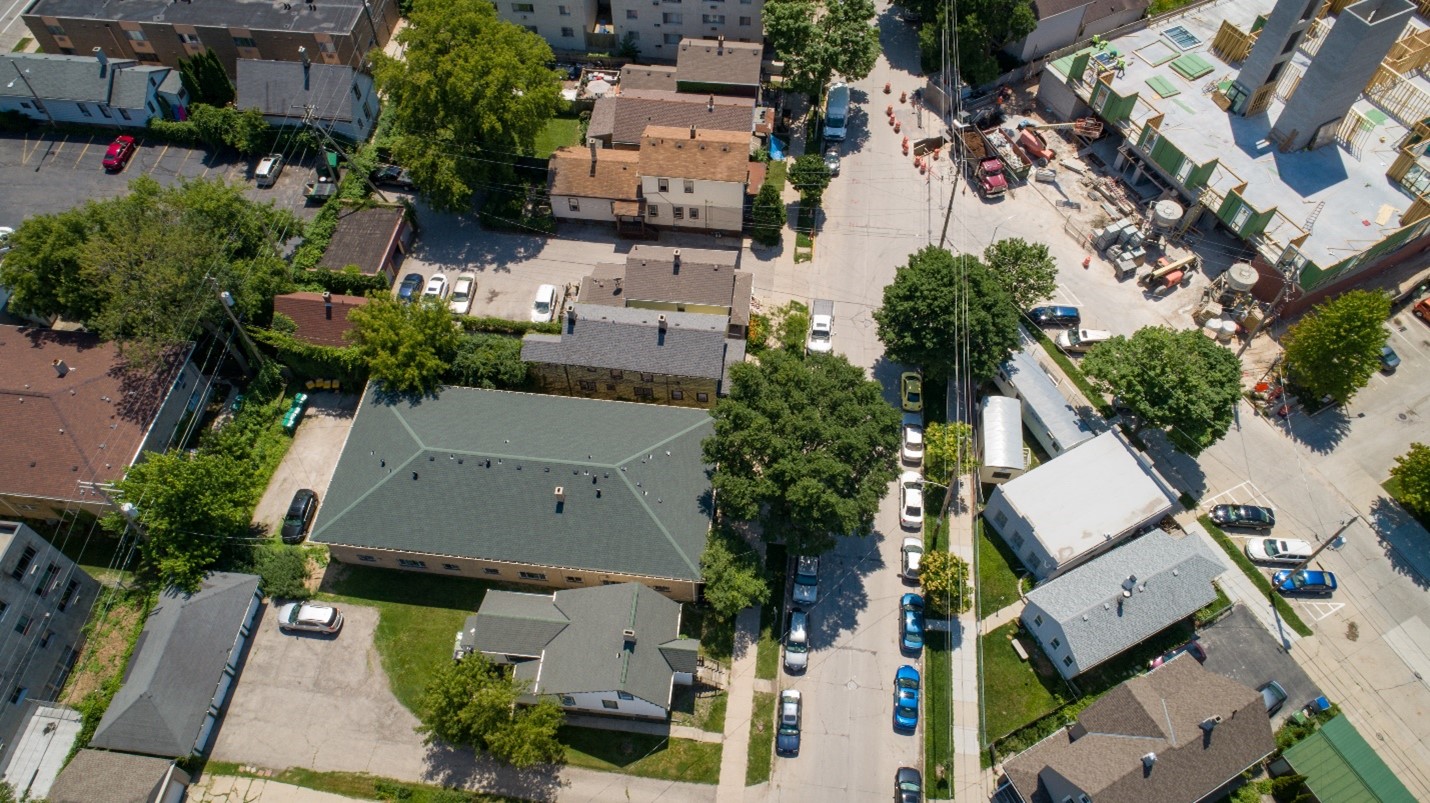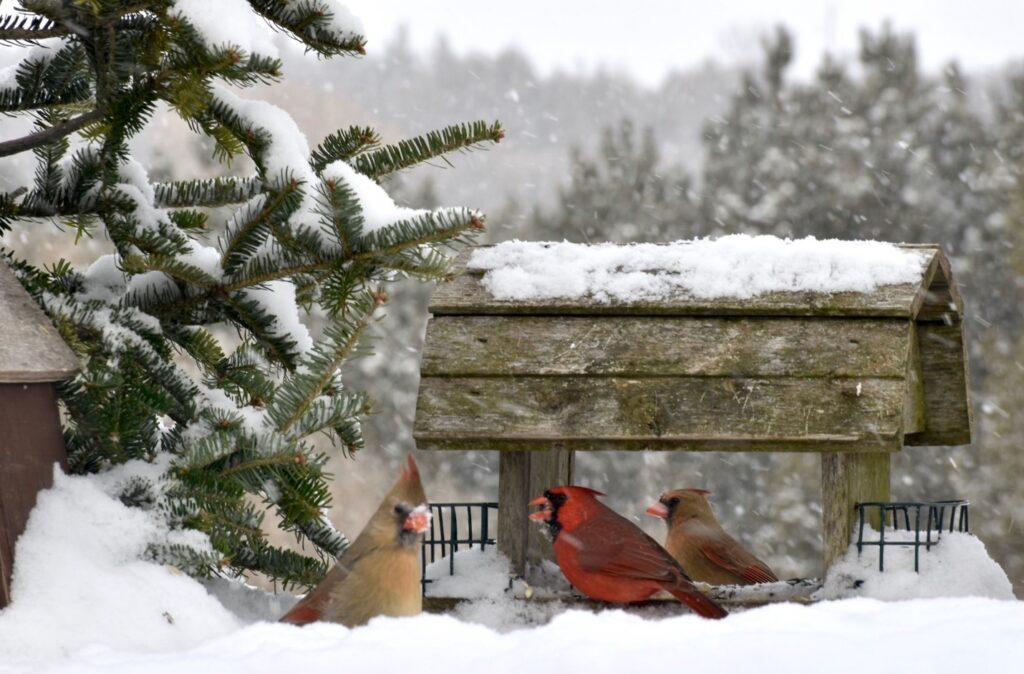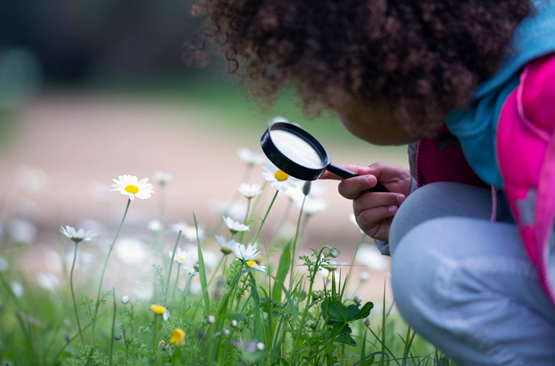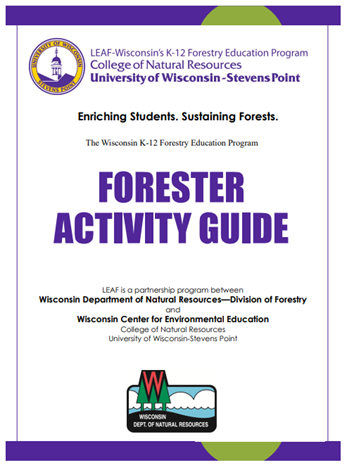What’s new in the new year? Maybe a new opportunity to manage your forest. Management practices in the Managed Forest Law program (MFL) may be “mandatory” or “non-mandatory.” Mandatory practices are the forest management practices required to meet the goals of the MFL program and practice sound forestry. It is important to everyone that these practices get completed, and that tax law gets landowners’ attention early when there’s a mandatory practice to complete.
Each year in the second or third week of January, thousands of MFL landowners receive reminder letters for mandatory practices scheduled in their MFL forest management plan for completion within the next two years. Under MFL, mandatory practices are “due” at the end of the calendar year in which they are scheduled. Here, “due” means you must have started your practice and be in touch with your Tax Law Forestry Specialist regarding your plan to complete it. Recognizing that completing the mandatory practice can be a long process, reminder letters are sent out two years before the practice is due. If the landowner has not taken AND communicated any action toward practice completion, a second reminder letter is sent one year before the practice is due. Continue reading “MFL Mandatory Practice Reminder”






